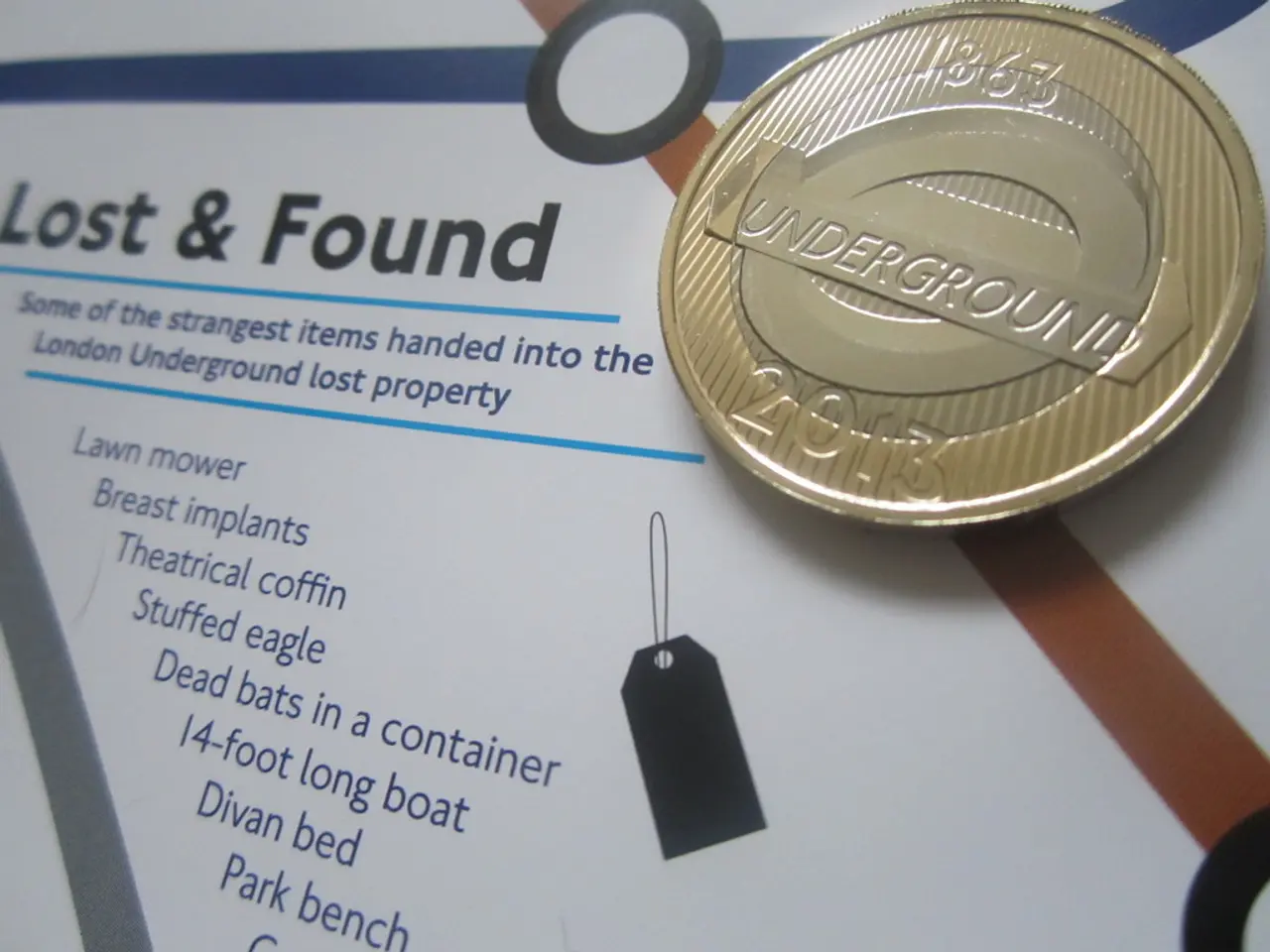Low-Earth orbit satellite navigation disruption escalates, with the Pentagon hastily working to strengthen their satellite constellation in response to GPS jamming.
The U.S. Space Force is taking proactive measures to counter GPS jamming and enhance the resilience of positioning, navigation, and timing (PNT) systems. In response to the increasing threats of GPS interference, the Space Force is developing multiple alternatives [1].
One of these alternatives is the deployment of Low-Earth Orbit (LEO) satellite constellations from commercial companies, supported by Space Force contracts. These constellations, which will consist of hundreds of small satellites, will be much closer to Earth than traditional GPS satellites, providing stronger signals that are harder to jam and spoof. They also plan to use different frequency bands and cryptographic methods to increase signal security, making jamming and impersonation more difficult [1].
Another initiative is the development of quantum inertial positioning systems. These systems, based on advanced quantum sensors, offer a potential alternative navigation system that works even when GPS is unavailable due to jamming, spoofing, or signal loss in difficult terrain or urban environments. Quantum sensors use atomic accelerometers and gyroscopes interacting with laser light and small clouds of atoms (e.g., rubidium) to measure acceleration and rotation precisely without relying on GPS signals [4][5].
The Space Force is also modernizing and augmenting its current GPS constellation in Medium Earth Orbit (MEO) with GPS III satellites and considering new small satellites to enhance robustness against adversarial interference [2][3].
The latest generation of GPS satellites, called GPS III, broadcast a new kind of GPS signal called M-Code, which is more powerful and resistant to jamming and also encrypted. The GPS III Follow-On satellites will have a new capability called regional military protection (RMP), which allows the satellite to focus an M-Code broadcast over a much smaller area, making the signal 60 times stronger [2].
Controlled reception pattern arrays (CRPAs) are antenna systems that can remove jamming signals from the receiver's processing chain, making GPS receivers more resilient. CRPAs are commercially available, but more sophisticated models are restricted under arms export control regulations [1].
GPS jamming, interference, and spoofing have become common in areas of conflict like Ukraine and the Middle East, affecting aviation and maritime traffic. Spoofing GPS signals is feasible for both nation states and extremist organizations with the right hardware. The GPS jamming in Ukraine is affecting satellites up to 1,200 miles above the Earth's surface. The interference only affects these satellites for a few minutes as they pass over Ukraine, but could become more prevalent and create regions in space where satellites in low-Earth orbit cannot receive GPS signals from medium-Earth orbit [1].
The Defense Department is aggressively expanding its use of large LEO constellations like SpaceX's Starlink. The Aerospace Corporation's tiny satellites in low-Earth orbit also have GPS receivers to determine time, location, and speed [1].
In conclusion, the U.S. Space Force is making significant strides in developing alternatives to GPS to counter jamming and enhance PNT systems. These initiatives include LEO satellite constellations, quantum inertial positioning systems, and modernizing the current GPS constellation. By diversifying technologies and enhancing signal security, the Space Force aims to build a more resilient and secure PNT ecosystem.
[1] https://www.spaceforce.mil/News/Article/2556640/space-force-seeks-to-enhance-pnt-system-resilience/ [2] https://www.space.com/gps-iii-follow-on-satellite-gps-iii-fo-launch-date-set.html [3] https://www.space.com/gps-iii-satellite-gps-iii-launch-date-set.html [4] https://www.nature.com/articles/s41467-021-23496-7 [5] https://www.nature.com/articles/s41467-021-23500-2
- The U.S. Space Force is bolstering the resilience of positioning, navigation, and timing (PNT) systems by developing multiple alternatives, including deploying Low-Earth Orbit (LEO) satellite constellations, quantum inertial positioning systems, and modernizing the current GPS constellation in Medium Earth Orbit (MEO).
- These LEO satellite constellations, primarily supported by Space Force contracts, consist of hundreds of small satellites that will provide stronger signals less susceptible to jamming and spoofing.
- The Space Force is also planning quantum inertial positioning systems, based on advanced quantum sensors, as a potential GPS alternative.
- In an effort to counteract GPS jamming, the Space Force is modernizing its GPS constellation with the latest GPS III satellites and considering additional small satellites to increase robustness.
- The GPS III satellites broadcast a new, more powerful and resistant-to-jamming M-Code signal that is also encrypted.
- Controlled reception pattern arrays (CRPAs) enable GPS receivers to remove jamming signals, increasing resilience against interference.
- An instance of GPS jamming occurred in areas like Ukraine and the Middle East, affecting aviation and maritime traffic, and can even affect satellites in space due to its prevalence in conflict zones.
- Diversification of technologies, like the Defense Department's utilization of large LEO constellations like SpaceX's Starlink and tiny satellites with GPS receivers, plays a critical role in enhancing signal security and creating a more robust PNT ecosystem.
- By developing and implementing these initiatives, the U.S. Space Force strives to establish a more resilient and secure PNT system in the face of contemporary warfare challenges.




